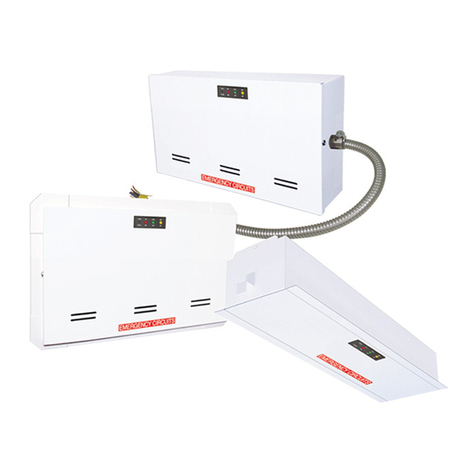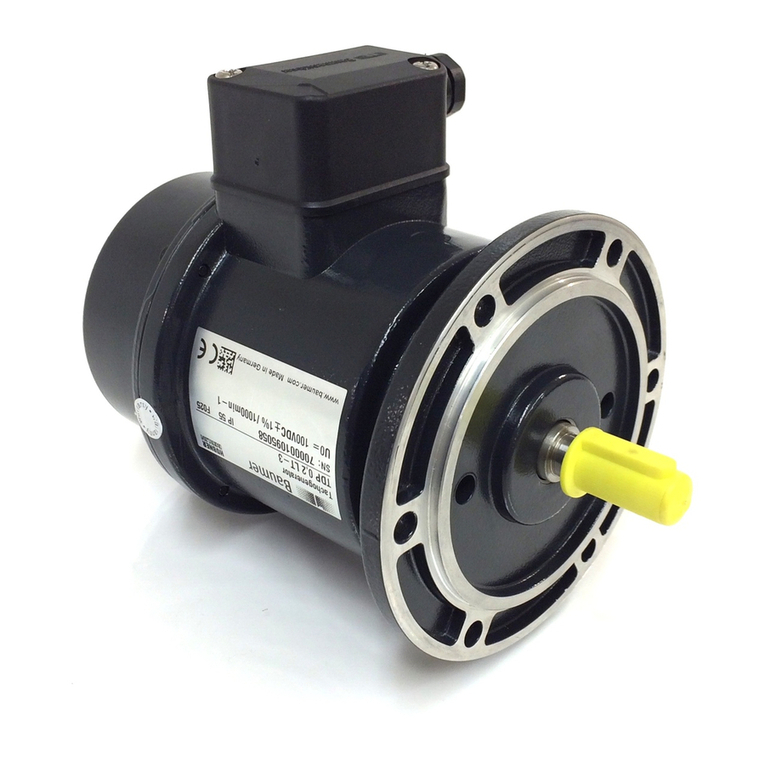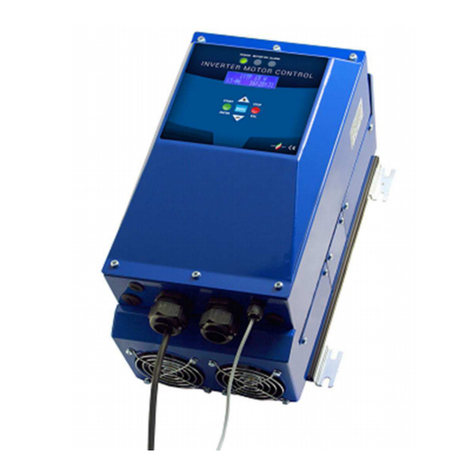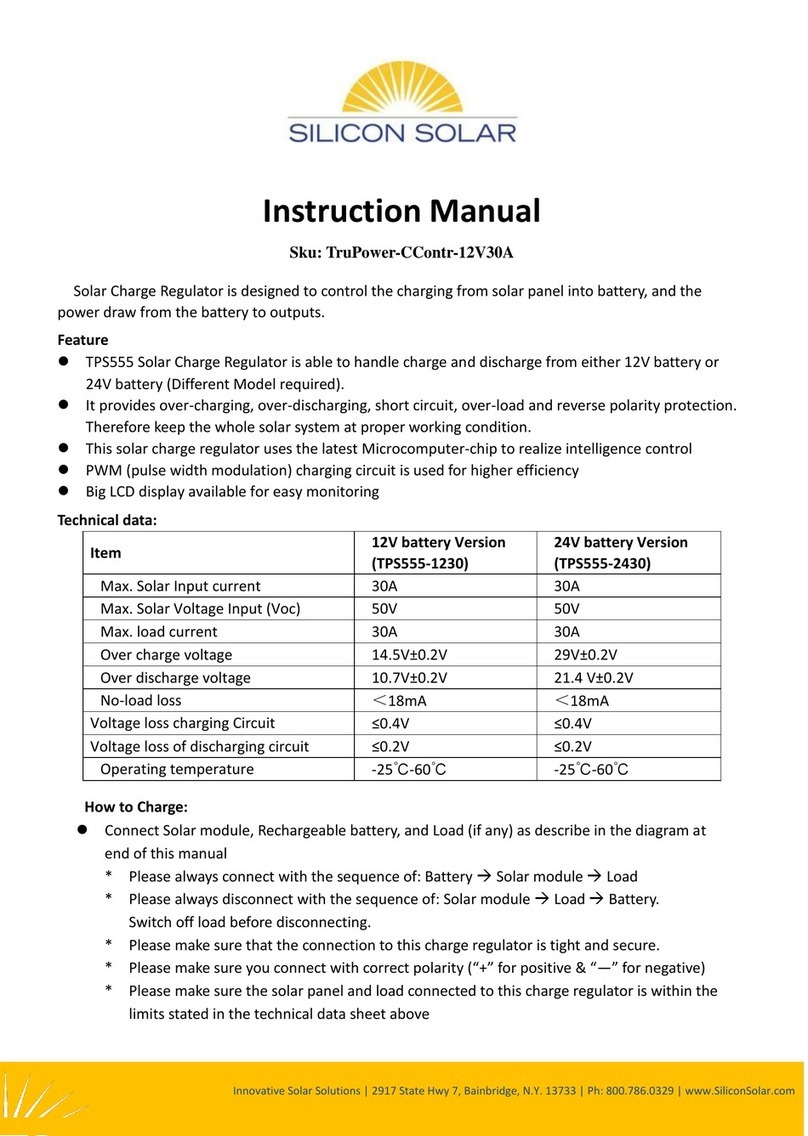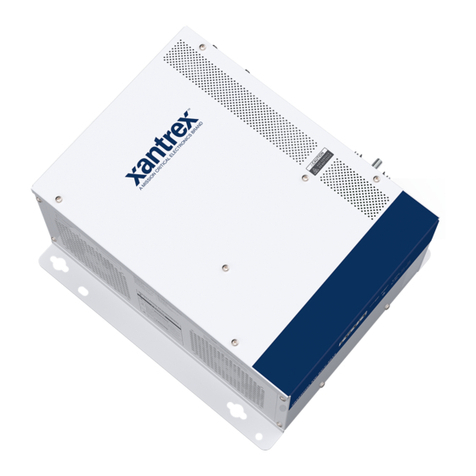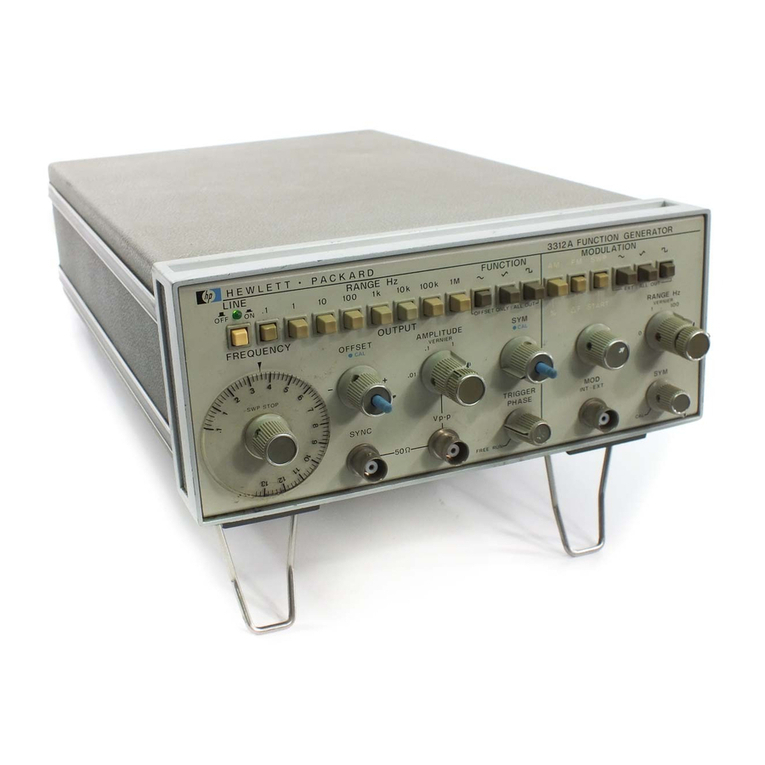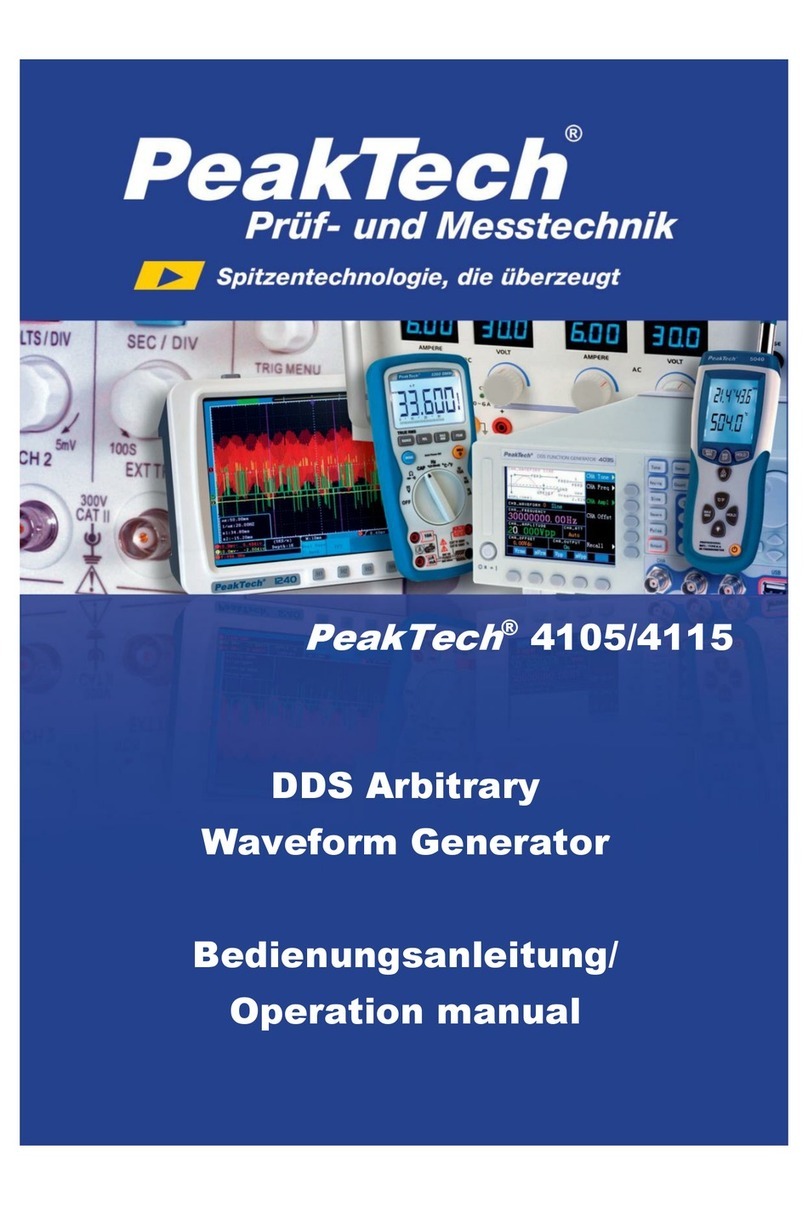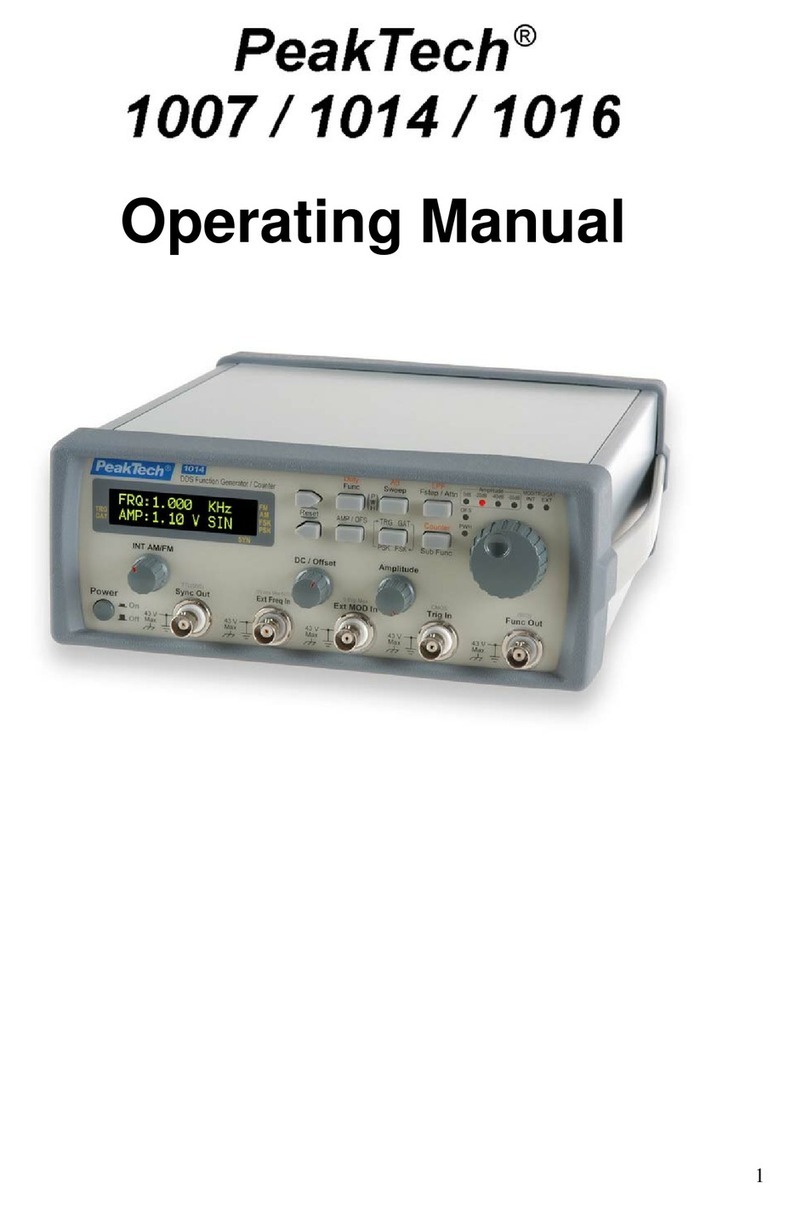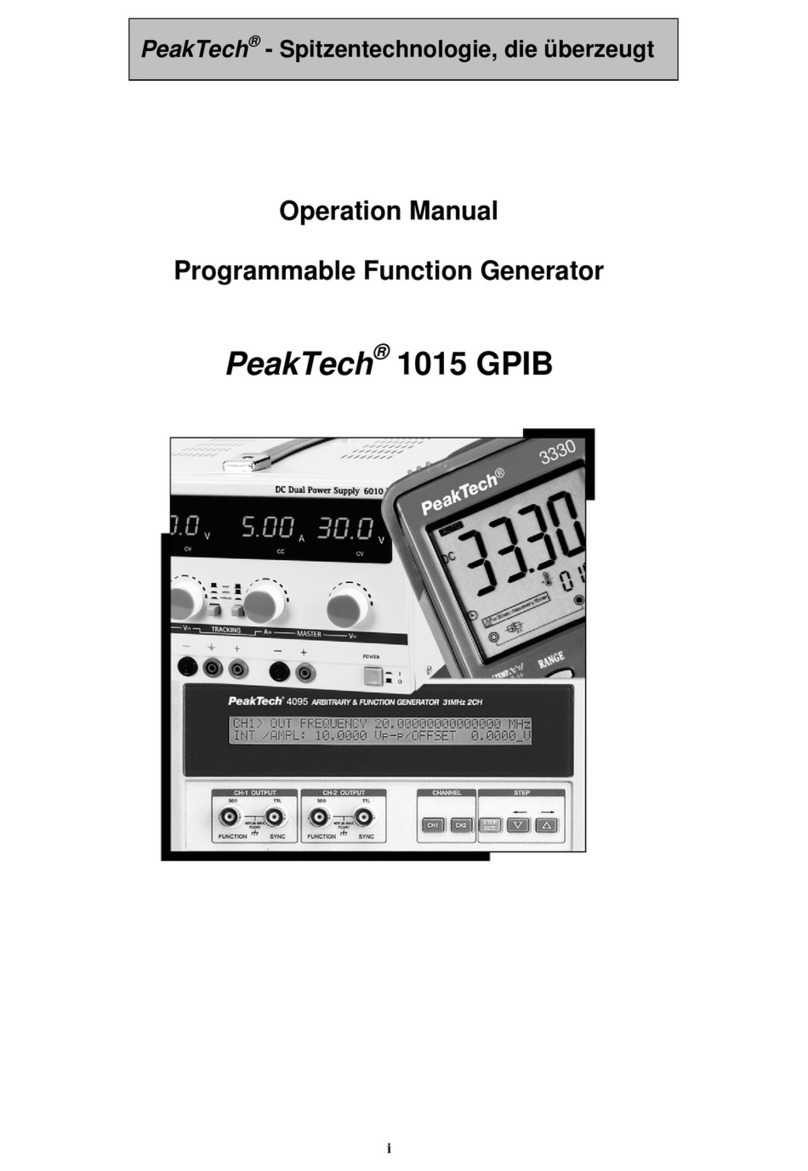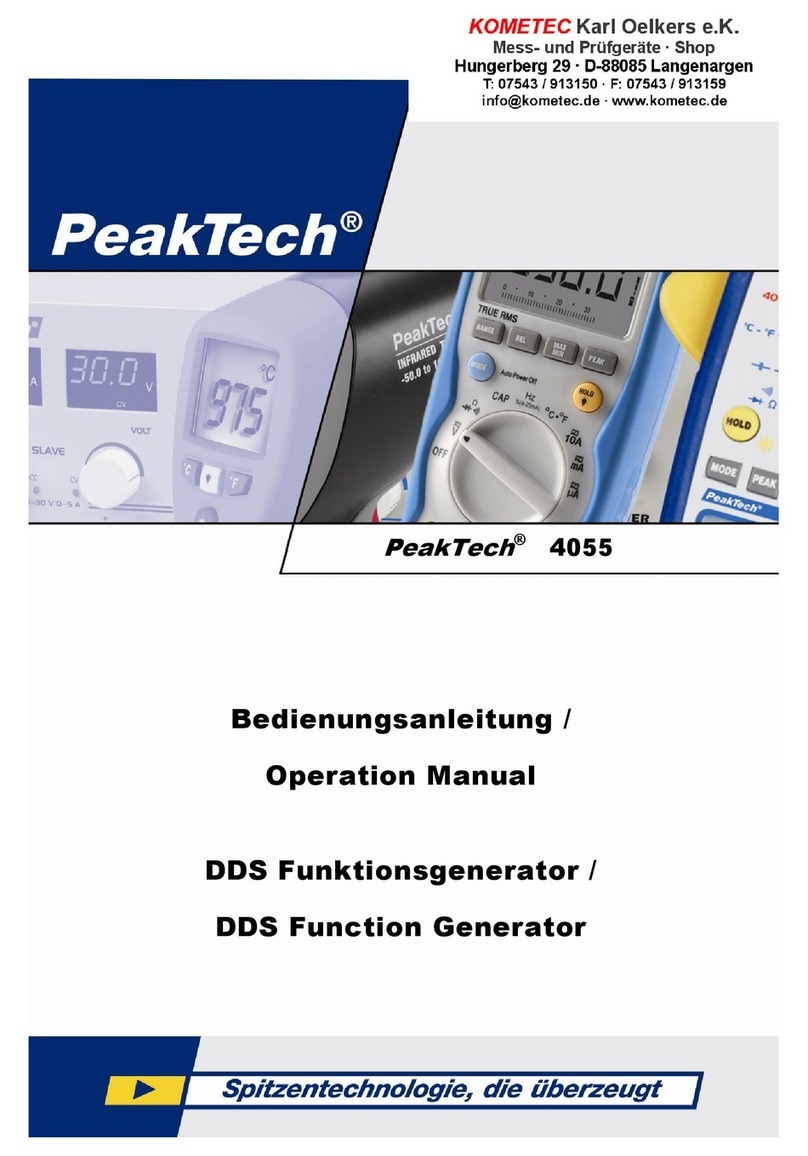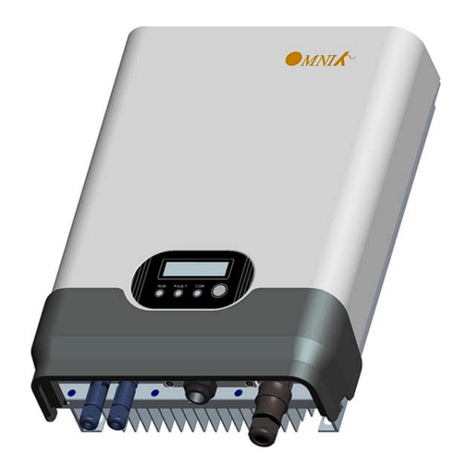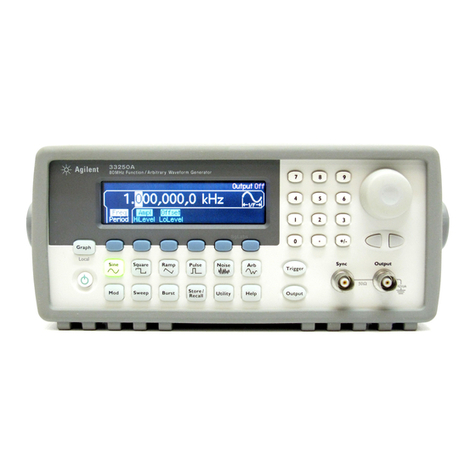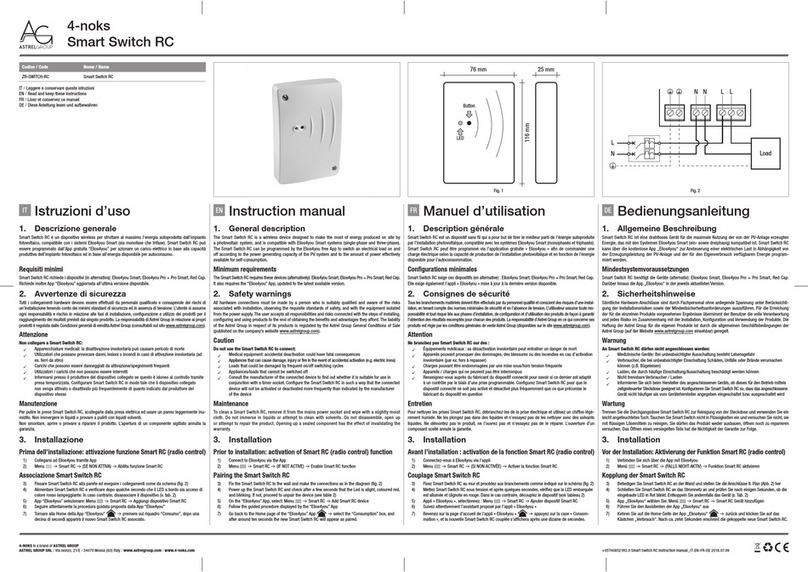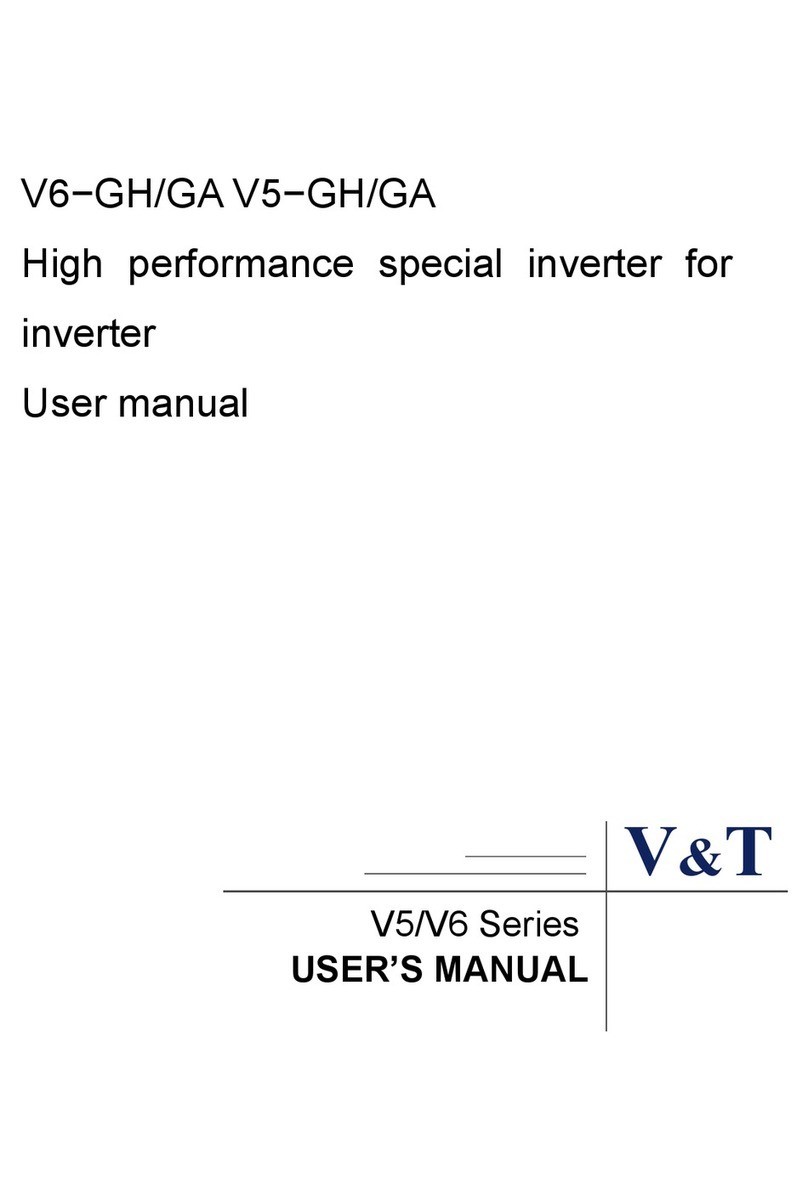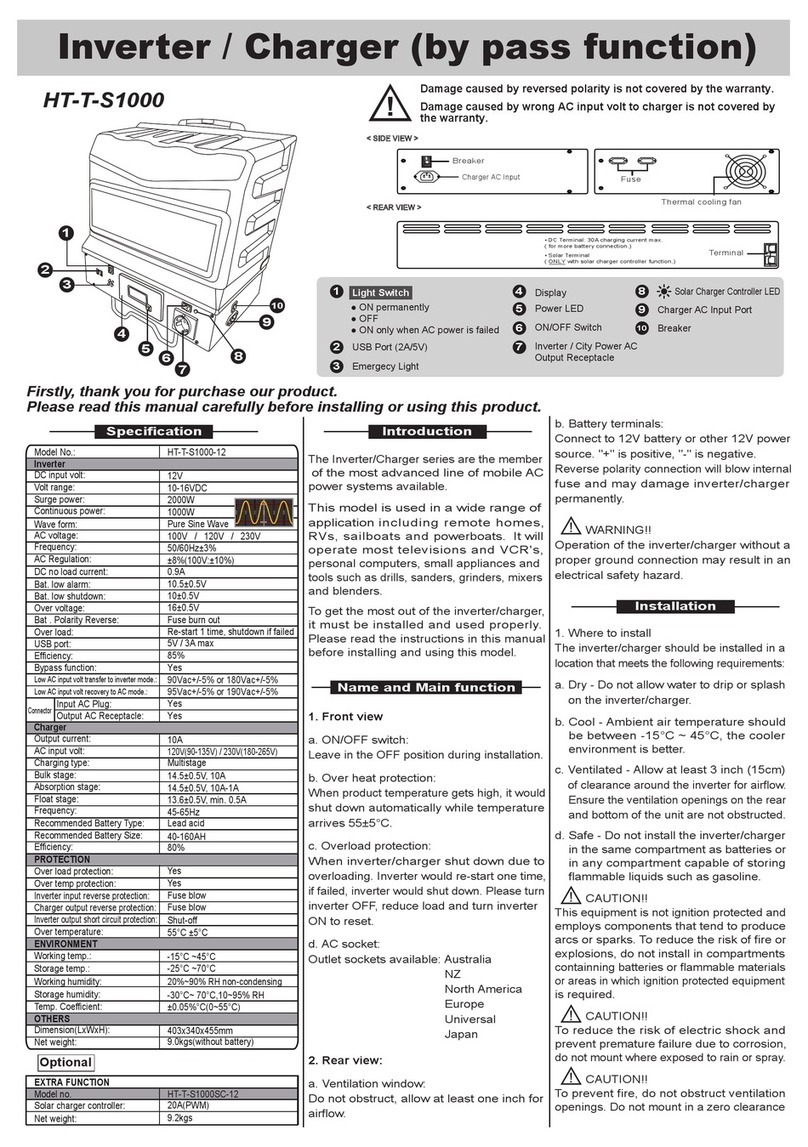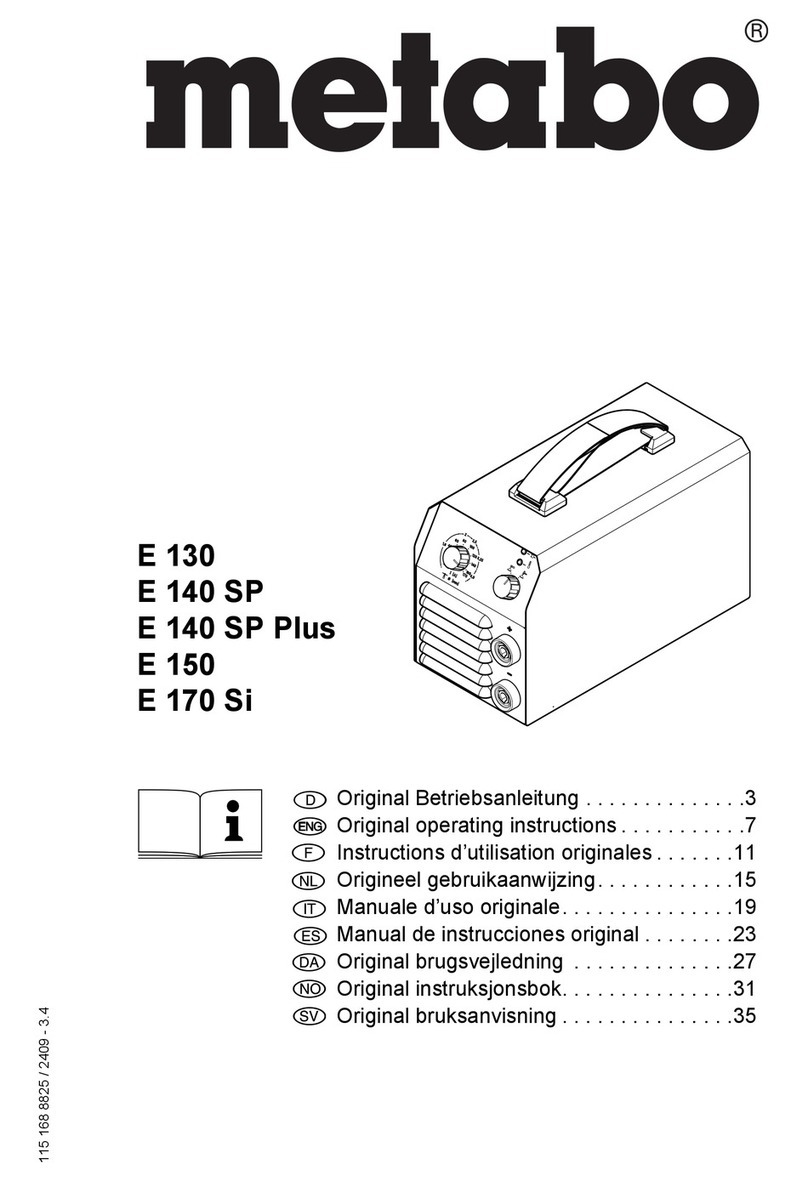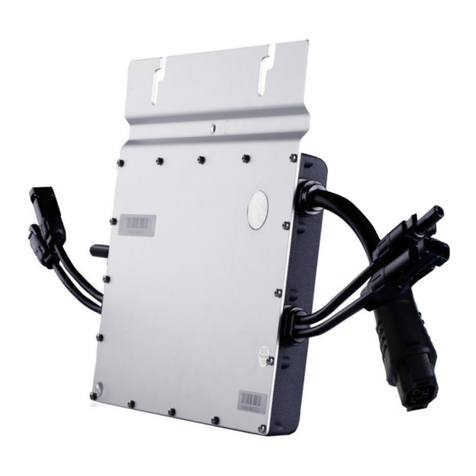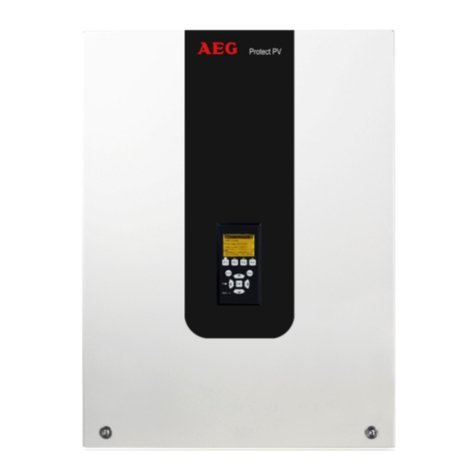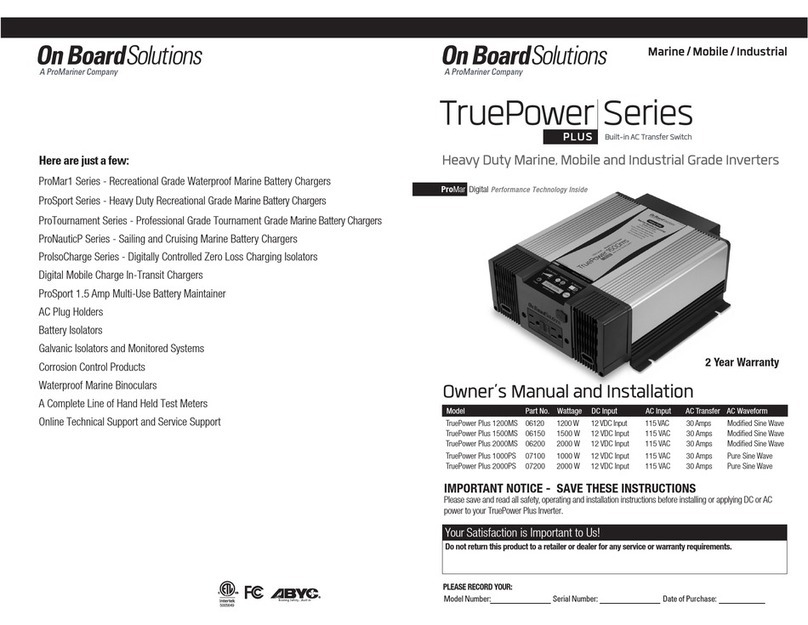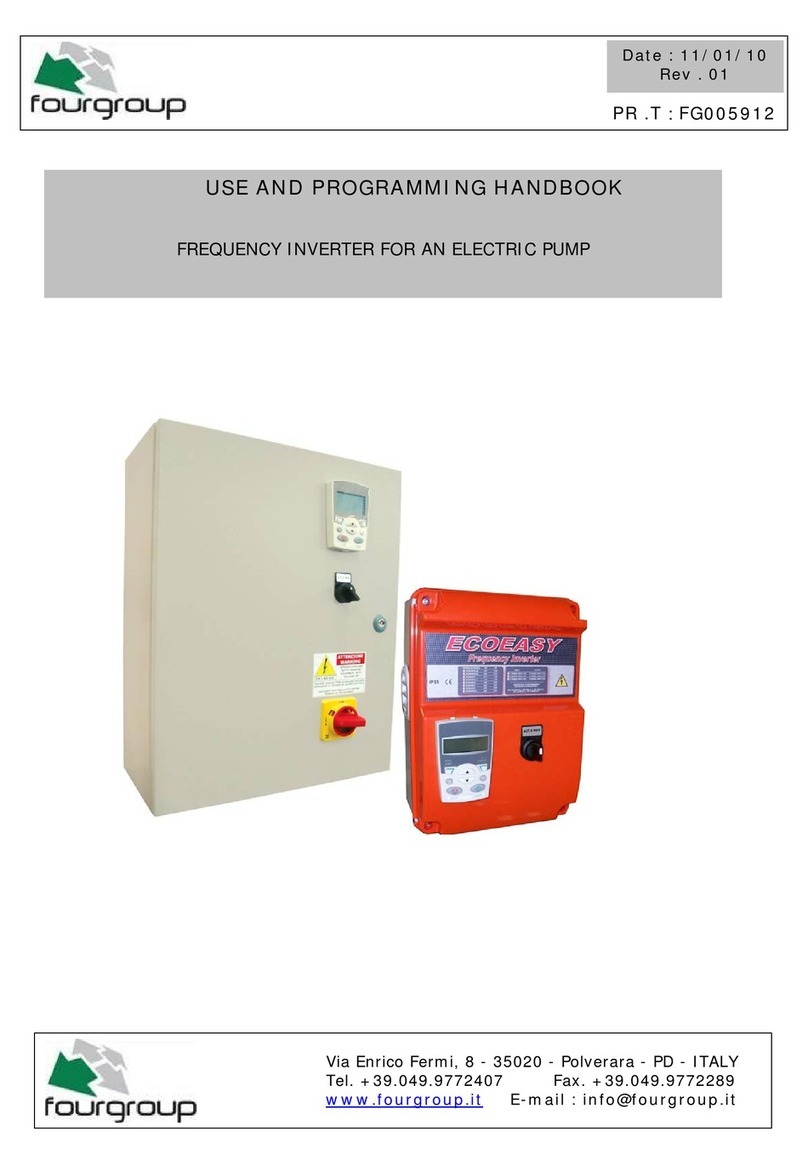
2
Safety Precautions
This product complies with the requirements of the following European Community
Directives: 89/336/EC (Electromagnetic Compatibility) and 73/23/EEC (Low Voltage)
as amended by 93/68/EC (CE-marking).
To ensure safe operation of the equipment and eliminate the danger of serious injury
due to short-circuits (arcing), the following safety precautions must be observed.
Damages resulting from failure to observe the safety precautions are exempt from any
legal claims whatever.
• Prior to connection of the equipment to the main outlet, check that the
available mains voltage corresponds to the voltage setting of the equipment.
• Connect the main plugs of the equipment only to a mains outlet with earth
connection.
• Do not exceed the maximum permissible input rating
• Replace a defective fuse only with a fuse of the original rating. Never short-
circuit fuse or fuse holding
• Disconnect test leads or probe from the measuring circuit before switching
models or functions.
• Check the test leads and probes for faulty insulation or bare wires before
connection to the equipment
• Do not cover the ventilation slots of the cabinet to ensure that the air is able to
circulate freely inside
• Do not insert metal objects into the equipment by way of the ventilation slots
• Do not place water-filled containers on the equipment (danger of short-circuit
in case of know-over the container)
• To avoid electrical shock, do not operate this product in wet or damp
conditions. Conduct measuring works only in dry clothing and rubber shoes, i.
e. on isolating mats
• Never touch the tips of the test leads or probe
• Comply with warning labels and other info on the equipment
• Do not subject the equipment to direct sunlight or extreme temperatures,
humidity or dampness
• Do not subject the equipment to shocks or strong vibrations
• Do not operate the equipment near strong magnetic fields (motors,
transformers etc.)
• Keep hot soldering irons or guns away from the equipment
• Allow the equipment to stabilise at room temperature before taking up
measurement important for exact measurements)
• Periodically wipe the cabinet with a damp cloth and mid detergent. Do not
use abrasives or solvents
• The meter is for indoor use only.
• Do not operate the meter before the cabinet has been closed and screwed
safely as terminal can carry voltage.
